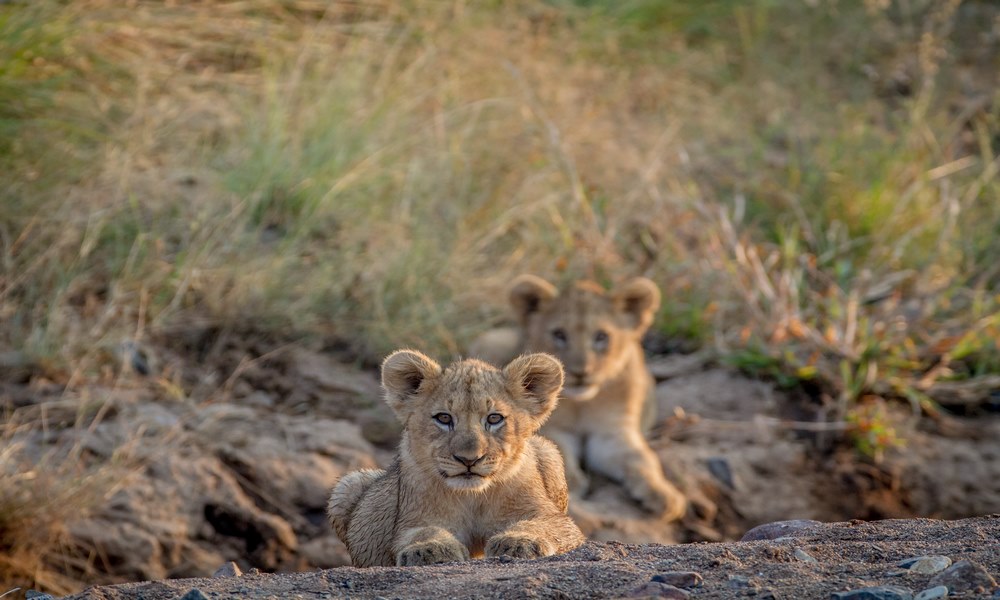The best time to go on a Masai Mara Safari in Kenya depends on what you want to experience. The Mara offers excellent safari opportunities year-round, but different times of the year offer unique highlights. Here are the key factors to consider for the best time to visit the Masai Mara:
Great Migration (July to September): This period is often considered the best time to visit the Masai Mara. The Great Migration, where millions of wildebeests and zebras cross the Mara River, typically occurs during this time. It's a dramatic spectacle, attracting visitors from around the world. Witnessing this event is a once-in-a-lifetime experience.
Dry Season (June to October): During the dry season, the vegetation is less dense, making it easier to spot wildlife. Many animals congregate around water sources, ensuring excellent game viewing. The weather is generally pleasant, with clear skies and cooler temperatures.
Calving Season (January to March): This is the time when wildebeests give birth to their young. The savannah comes alive with baby animals, attracting predators. It's a great time for wildlife enthusiasts and photographers to capture the newborns and predator-prey interactions.
Birdwatching (November to April): The wetter months bring lush green landscapes, making it an ideal time for birdwatching. Many migratory bird species arrive, and resident birds are more active. The Maasai Mara is a birdwatcher's paradise during this season.
Shoulder Seasons (November, April to June): These months offer a balance between lower visitor numbers and good wildlife viewing. While the rains can be sporadic, the savannah is green and the landscapes are beautiful.
Rainy Season (March to May): The long rains are less popular for safaris due to heavy rainfall, muddy roads, and tall grass that can make wildlife spotting more challenging. However, this period is great for birdwatching and lower prices.
In summary, the best time for a Masai Mara safari depends on your interests. If witnessing the Great Migration is your priority, visit from July to September. For those seeking a balance between good wildlife viewing and fewer tourists, consider the shoulder seasons. If you prefer lush landscapes and birdwatching, plan your visit during the rainy season or the calving season. Ultimately, the best time for your Masai Mara safari experience will align with your preferences and priorities.



